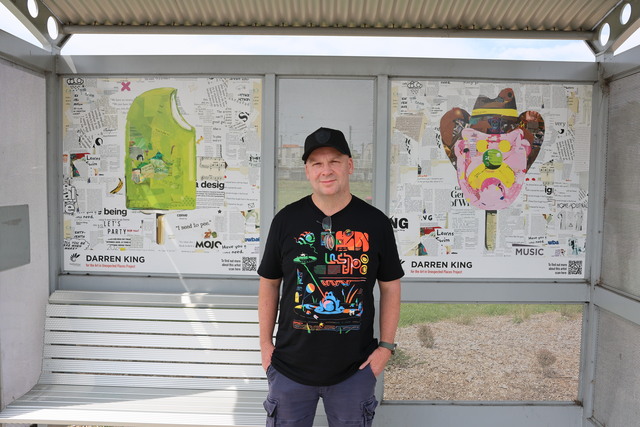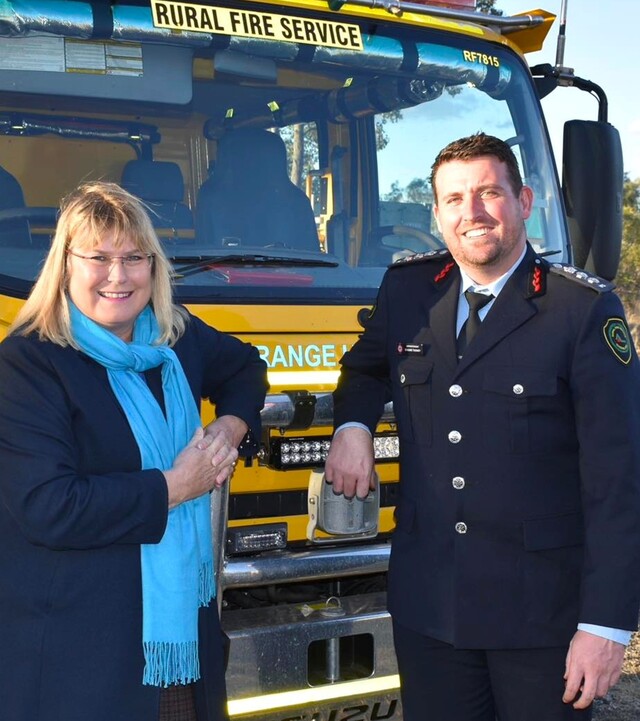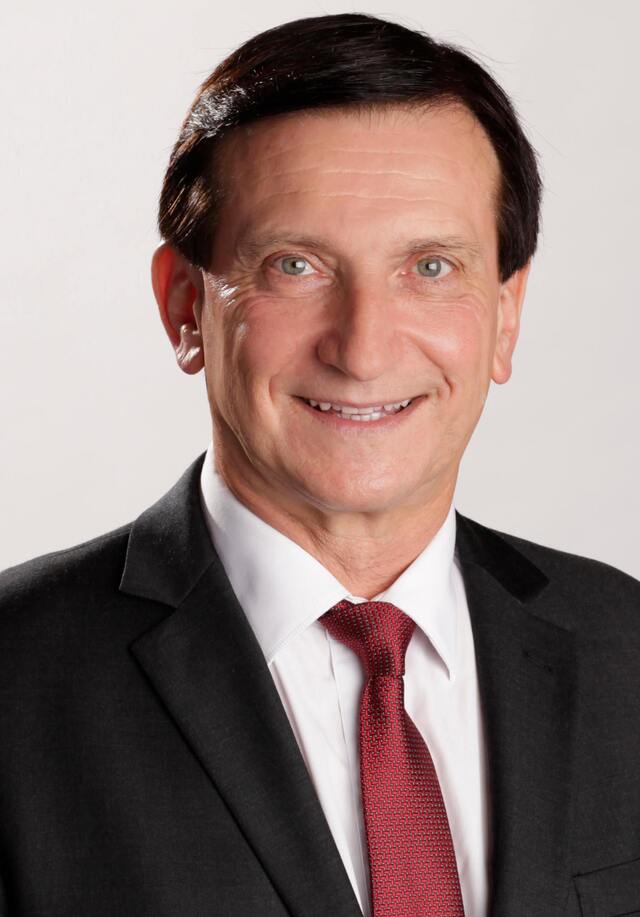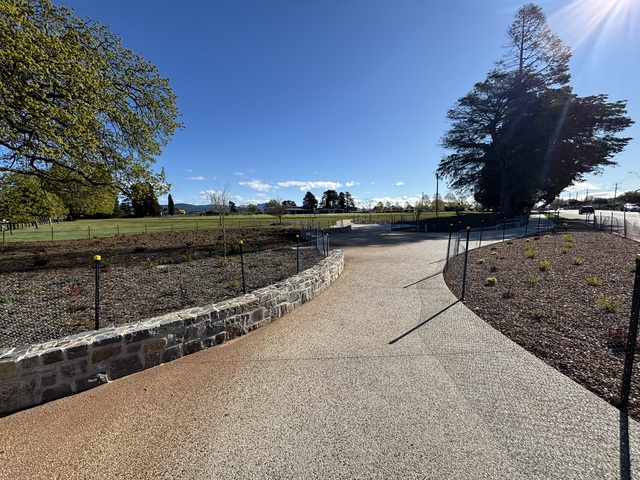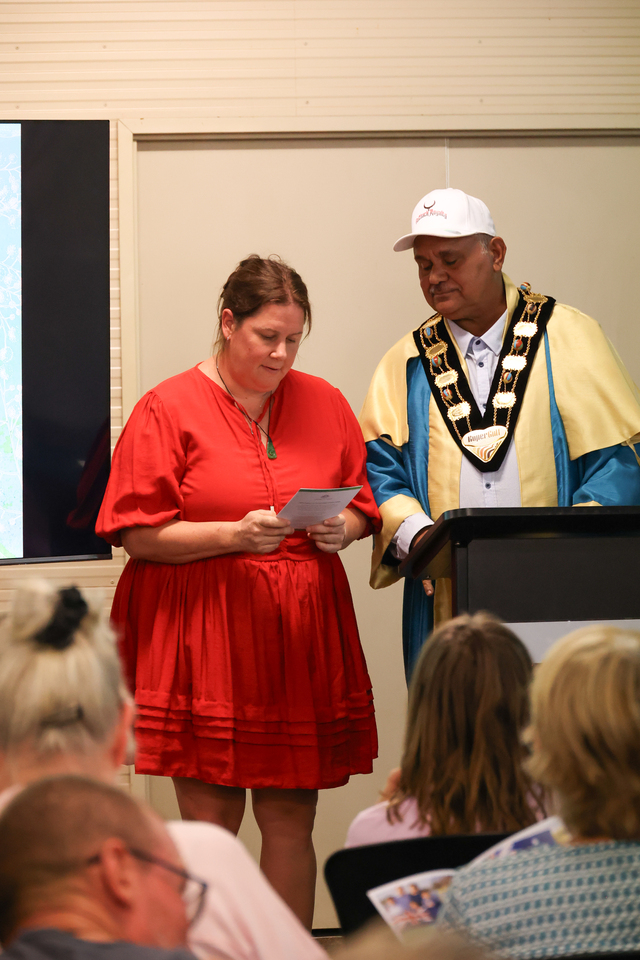How will it look?
As a capital city council, the City of Melbourne has a wide and varied agenda to ensure Melbourne upholds its status as one of the world’s most liveable cities. In its visionary strategic document, City Plan 2010, Council outlines the path it will follow to make Melbourne a thriving and sustainable city. The City of Melbourne’s vision is for a vibrant and thriving city – one that is internationally recognised for its economic prosperity, social equity and environmental quality.
Melbourne in 2010 will be home to at least 70,000 people, with many newcomers in the central city, Southbank on the Yarra River and the fast emerging Docklands waterfront region. The city’s retail heart will be fully established with upgrades to the busy Bourke Street Mall and Melbourne’s spine – Swanston Street. Melbourne’s knowledge economy will be thriving, with its educational and research facilities growing in national importance.
Melbourne 2010 will have cemented its status as not only one of the world’s most liveable cities – an accolade recently bestowed on it by the London based Economist Intelligence Unit – but one of the most sustainable. Council’s premier strategic document – City Plan 2010 – sets out what Council believes it must do over the next decade to make Melbourne just that. City Plan 2010 provides broad strategic directions as well as a number of specific opportunities. Strategic directions are divided into the following four themes
Connected and Accessible City
Transport systems and infrastructure; information and communication technologies; alliances and networks; corporate citizenship; city connections; and integrated parks system.
Inclusive and Engaging City
Community involvement; community services; access to services; cultural life and vitality; high quality public and private development; residential growth; protection of Melbourne’s character; the Yarra River; and tourism and events.
Environmentally Responsible City
Greenhouse gas emission reduction; waste reduction; efficient resource use; biodiversity; leadership and sustainable built form.
Innovative and Vital Business City
Innovation culture; Knowledge City; business creation and growth; city as a centre for commerce, research, professional services and education; retail core; and advanced manufacturing.
Lord Mayor John So said that City Plan 2010 sets a vision for the city, recognising its capital city and local roles.
“As well as outlining the challenges facing the city as a whole, City Plan 2010 outlines key strategic issues and objectives for each of the city’s 14 local areas,’’ Councillor So said.
Melbourne is growing in greatness and popularity and City Plan 2010 will ensure the positive trend continues.
“In retail, capital works, sport, arts and tourism, we are surging ahead,’’ the Lord Mayor said. “Our population increased by 10 per cent to June 2001 – a greater rate of growth than that enjoyed by any other Local Government area in Australia.Employment is increasing and reversing a 30 year trend of decline.
“Retail vacancies in the central business district are at an all time low and private sector spending is also significant in projects such as the Queen Victoria Hospital site, Southern Cross Hotel site, Melbourne Central and ongoing works at Southbank and the Docklands. A more vibrant and prosperous Melbourne is emerging and Council is excited to play a pivotal role in its development.’’
City Plan 2010 guides Council’s Annual Plan and its three year Corporate Plan. Both documents capture City Plan’s strategic themes and divide projects into these areas.
Council’s Integrated Planning Framework ensures that all of Council’s actions, policies and strategies work towards achieving Council’s vision for the city, as outlined in City Plan 2010. In its Annual Report, Council reports against the Critical Success Factors, which include City Plans 2010’s four major themes. City Plan 2010 is available in hard copy or on line at www.melbourne.vic.gov.au/cityplan


